Introduction
Sweet and sour baby cabbage, known in Chinese cuisine as 醋溜娃娃菜 (Cùliū Wáwá Cài), is a dish that tantalizes the taste buds with its harmonious blend of tangy, savory, and subtly sweet flavors. This humble vegetable, often overlooked, transforms into a culinary masterpiece when prepared with precision and care. Originating from China’s rich culinary heritage, this dish has gained global popularity for its vibrant taste and nutritional benefits. Whether you’re a seasoned home cook or a novice in the kitchen, this guide will walk you through every step to create a restaurant-quality 醋溜娃娃菜 that will impress even the most discerning palates.

Understanding the Dish: A Brief Overview
醋溜娃娃菜 is a quick-stir-fry dish that highlights the natural crispness of baby cabbage while infusing it with a glossy, flavorful sauce. The name itself hints at its essence: 醋 (cù) means vinegar, and 溜 (liū) refers to the cooking technique of quickly stir-frying ingredients in a flavorful sauce. The result is a dish that balances the bright acidity of vinegar with the umami depth of soy sauce and the subtle sweetness of sugar. Baby cabbage, or 娃娃菜 (wáwá cài), is prized for its tender leaves and mild flavor, making it an ideal canvas for bold seasonings.
Ingredients: The Foundation of Flavor
To recreate this dish authentically, gathering the right ingredients is crucial. Here’s a detailed list of what you’ll need:
- Baby Cabbage (500g): Choose fresh, firm heads with vibrant green leaves. Avoid wilted or yellowing specimens.
- Garlic (4 cloves): Minced finely to release aromatic oils during cooking.
- Ginger (1-inch piece): Julienned for a hint of warmth.
- Dried Red Chilies (2-3): Adjust to your spice preference; deseed for mild heat.
- Scallions (2 stalks): Sliced diagonally for garnish.
- Vegetable Oil (2 tbsp): Use a neutral oil with a high smoke point, like canola or peanut.
- Soy Sauce (1 tbsp): Opt for light soy sauce to avoid overpowering the dish.
- Chinese Black Vinegar (1.5 tbsp): This ingredient is pivotal for the dish’s signature tang; substitute with rice vinegar in a pinch.
- Sugar (1 tsp): Balances the acidity and enhances the sauce’s sheen.
- Cornstarch (1 tsp): Mixed with water to thicken the sauce.
- Salt (¼ tsp): Adjust to taste.
- Sesame Oil (½ tsp): Added at the end for a nutty finish.
- White Pepper (Pinch): Optional, for a subtle spicy note.
Preparation: Setting the Stage for Success
Before igniting the stove, meticulous preparation ensures a seamless cooking process:
-
Wash and Dry the Cabbage:
- Separate the leaves gently and rinse under cold water to remove dirt.
- Pat dry thoroughly with a clean kitchen towel or salad spinner. Excess moisture will steam the cabbage instead of stir-frying it, resulting in a soggy texture.
-
Cut the Cabbage:
- Trim the root end and halve each head lengthwise.
- Slice each half into 1-inch wide strips, ensuring even cooking.
-
Prep the Aromatics:
- Mince garlic and ginger finely.
- Slit the dried chilies lengthwise and shake out seeds if desired.
- Slice scallions into 2-inch segments, then cut lengthwise into thin strips.
-
Mix the Sauce:
- In a small bowl, combine soy sauce, vinegar, sugar, cornstarch, salt, and white pepper (if using).
- Stir until sugar dissolves. Set aside.
Cooking Process: The Dance of Heat and Flavor
Mastering the stir-fry technique is key to achieving the dish’s signature crisp-tender texture. Follow these steps precisely:
-
Heat the Wok:
- Place a wok or large skillet over high heat. Allow it to smoke slightly—this ensures a non-stick surface and sears ingredients quickly.
- Add oil and swirl to coat the pan evenly.
-
Sauté Aromatics:
Add garlic, ginger, and dried chilies. Stir-fry for 10-15 seconds until fragrant but not browned. Overcooking will impart bitterness.

-
Introduce the Cabbage:
- Toss in the cabbage strips. Use a spatula to spread them into a single layer for even cooking.
- Stir-fry vigorously for 2-3 minutes. The cabbage should wilt slightly but retain its vibrant color.
-
Deglaze with Sauce:
- Pour the prepared sauce over the cabbage. Toss continuously for 1-2 minutes until the sauce thickens and coats each leaf.
- Adjust seasoning if needed—add a splash of water if the sauce reduces too quickly.
-
Finish with Scallions and Sesame Oil:
Remove from heat and fold in scallions and sesame oil. The residual heat will wilt the scallions gently.
Tips for Culinary Excellence
- Wok Height: If using a standard stovetop, elevate the wok slightly to concentrate heat. This mimics the intense flames of professional kitchens.
- Uniform Slicing: Ensure all cabbage pieces are similarly sized for even cooking.
- Vinegar Variety: Experiment with balsamic or apple cider vinegar for unique flavor profiles.
- Crispness Test: Pierce a leaf with a chopstick—it should offer slight resistance without being raw.
- Gluten-Free Option: Substitute soy sauce with tamari or coconut aminos.
Variations and Customizations
醋溜娃娃菜 is incredibly versatile. Here are creative twists to suit different tastes:
-
Protein Boost:
- Add diced tofu or shredded chicken during the final minute of cooking.
- For seafood lovers, toss in cooked shrimp or scallops.
-
Vegetable Medley:
Incorporate sliced bell peppers, carrots, or mushrooms for added texture and nutrition.
-
Spice Level:
For a fiery kick, leave the chili seeds intact or sprinkle with chili flakes before serving.
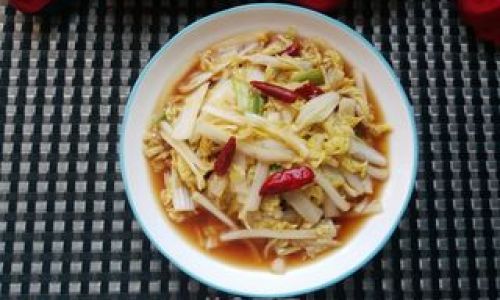
-
Nutty Crunch:
Garnish with toasted sesame seeds or crushed peanuts for contrast.
-
Vegan Delight:
Omit sesame oil and use maple syrup instead of sugar for a plant-based twist.
Serving Suggestions
This dish pairs beautifully with:
- Steamed Jasmine Rice: The fluffy grains absorb the sauce beautifully.
- Noodles: Toss with udon or soba noodles for a hearty meal.
- Grilled Proteins: Serve alongside teriyaki salmon or ginger-soy chicken.
- Appetizer Platter: Include as part of a dim sum spread with dumplings and spring rolls.
Common Pitfalls and How to Avoid Them
-
Soggy Cabbage:
- Ensure the cabbage is thoroughly dried before cooking.
- Avoid overcrowding the pan; cook in batches if necessary.
-
Bitter Aftertaste:
Refrain from burning garlic or ginger—remove from heat immediately if they brown.
-
Bland Flavor:
Taste and adjust seasoning before serving. A splash of vinegar or pinch of sugar can revive dull flavors.
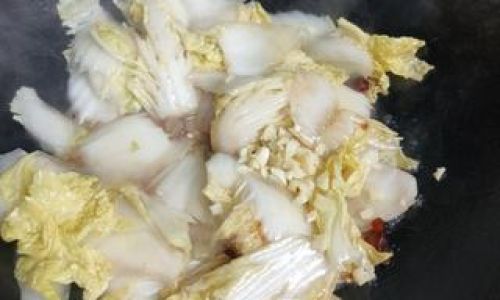
-
Mushy Texture:
Do not cover the pan during cooking; steam will soften the cabbage excessively.
Storing and Reheating Leftovers
- Refrigeration: Store in an airtight container for up to 3 days.
- Reheating: Use a wok or skillet over high heat to maintain crispness. Microwaving may soften the texture.
- Freezing: Not recommended, as the cabbage will lose its structure upon thawing.
Nutritional Benefits: A Guilt-Free Indulgence
Baby cabbage is a nutritional powerhouse, offering:
- Vitamin C: Boosts immunity and skin health.
- Fiber: Aids digestion and promotes satiety.
- Antioxidants: Combats inflammation and oxidative stress.
- Low Calories: Ideal for weight-conscious diets.
Cultural Significance: More Than Just a Dish
In Chinese cuisine, 醋溜娃娃菜 embodies the philosophy of yin and yang—balancing flavors and textures to create harmony. It is often served during family gatherings and festive occasions, symbolizing prosperity and togetherness. The dish’s humility reflects the value of simplicity in Chinese culture, where even the most unassuming ingredients can be elevated to gastronomic art.
Conclusion: Elevate Your Culinary Repertoire
Mastering 醋溜娃娃菜 is a rite of passage for any home cook seeking to explore the depths of Chinese cuisine. With its vibrant flavors, healthful properties, and adaptability, this dish deserves a permanent spot in your recipe arsenal. Whether you’re whipping up a quick weekday meal or impressing guests at a dinner party, this guide ensures your 醋溜娃娃菜 will be a resounding success. So, don your apron, ignite your wok, and embark on a culinary journey that bridges tradition and innovation—one crisp, tangy bite at a time.
Final Tip: Experimentation is the soul of cooking. Feel free to tweak seasonings, swap ingredients, and make this dish your own. After all, the best recipes are those that resonate with your palate and preferences. Happy cooking!
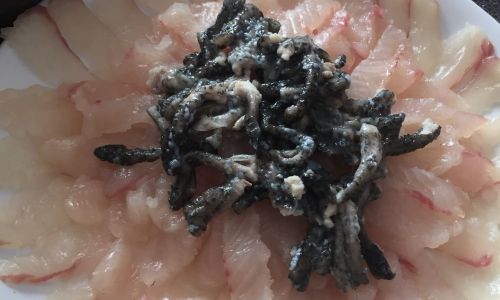
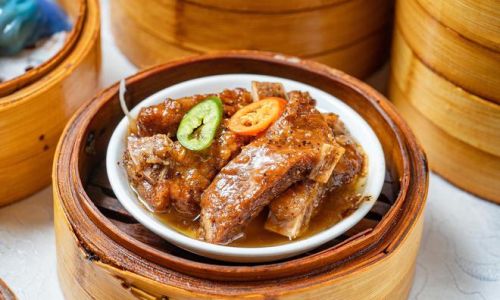


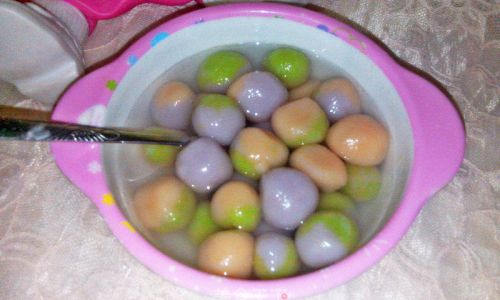

0 comments